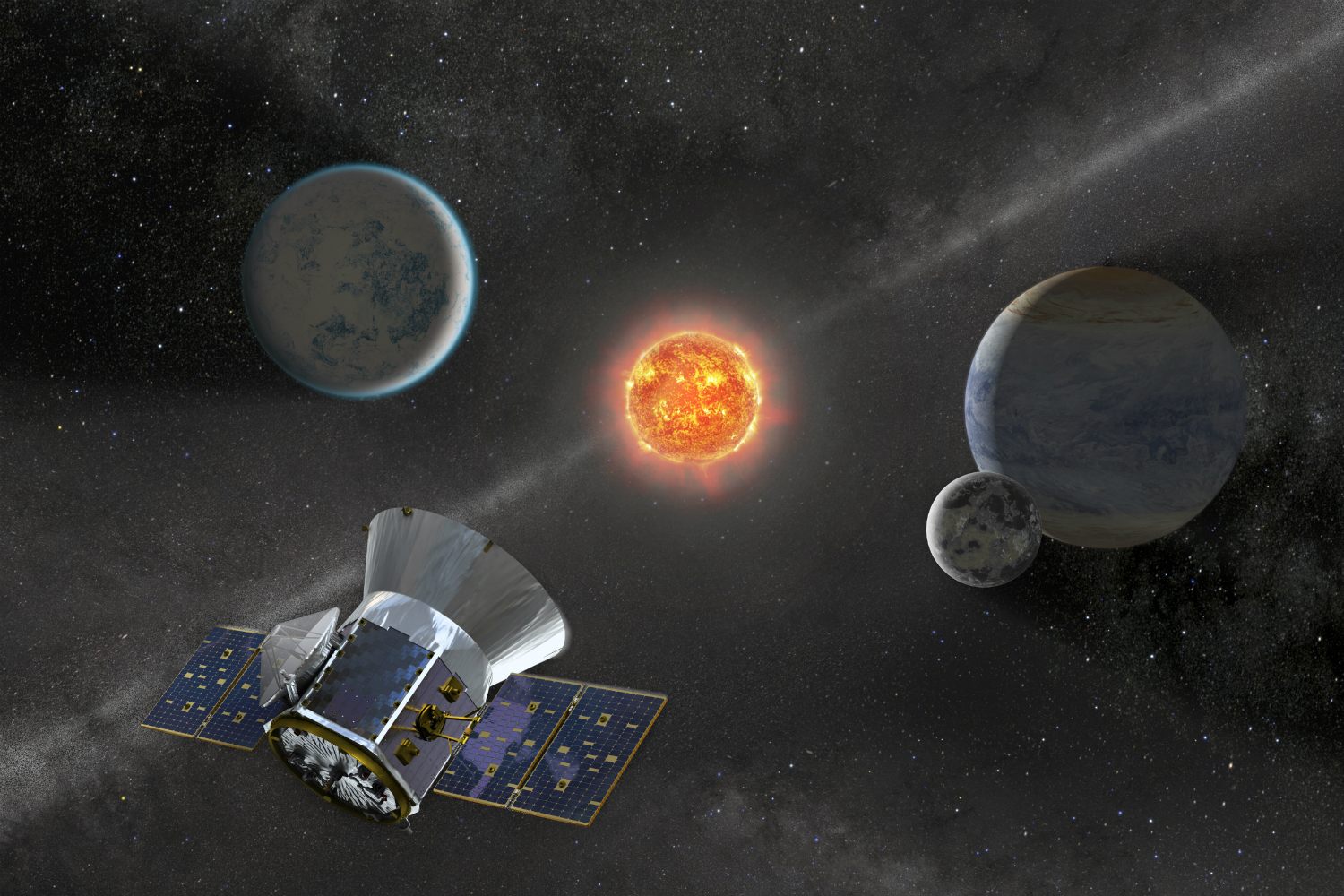NASA's exoplanet hunter 'TESS' completes its 100th orbit
According to NASA, the satellite found 175 new exoplanets (planets beyond our solar system) and more than 5,000 planet candidates during the previous 99 orbits.

- Country:
- United States
NASA's Transiting Exoplanet Survey Satellite (TESS), a space telescope designed to discover thousands of exoplanets in orbit around the brightest dwarf stars in the sky, recently completed its 100th orbit.
According to NASA, the satellite found 175 new exoplanets (planets beyond our solar system) and more than 5,000 planet candidates during the previous 99 orbits.
Tonight, @NASA's exoplanet-hunting TESS will complete its 100th orbit! During the previous 99 orbits, the space telescope spotted 175 confirmed exoplanets and 5,038 planet candidates. Well done, sweet spacecraft, well done! 🥳 https://t.co/mqqdxCpdbc pic.twitter.com/9extBbzRt9
— NASA Exoplanets (@NASAExoplanets) December 31, 2021
Launched in 2018, TESS completed its two-year prime mission on July 4, 2020, and the telescope is now on an extended mission that will last until September 2022. During the first year of its mission, TESS observed 13 sectors comprising the southern sky and then spent another year imaging the northern sky.
Below are some of TESS's most interesting discoveries so far:
- The satellite discovered TOI 700 d, the first habitable-zone Earth-sized planet. It measures 20% larger than Earth, orbits every 37 days and receives from its star 86% of the energy that the Sun provides to Earth.
- The planet hunter also observed a star being torn apart by a black hole in a distant galaxy.
- TESS also discovered its first circumbinary planet, a world orbiting two suns. The planet, named TOI 1338 b, is around 6.9 times larger than Earth, or between the sizes of Neptune and Saturn.
- The mission also discovered surprise eclipses in Alpha Draconis, a well-known binary star system that lies about 270 light-years away in the northern constellation Draco, and its companion star which is five times fainter.
Built by Northrop Grumman Innovation Systems in Dulles, VA, TESS is equipped with four identical refractive cameras with a combined field-of-view (FOV) of 24x96 degrees.










